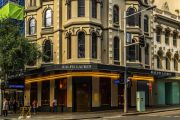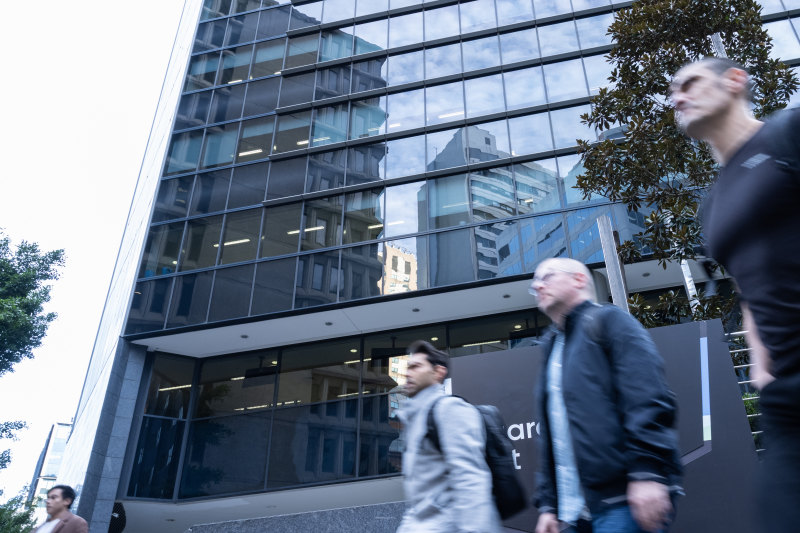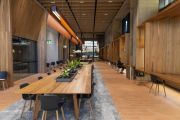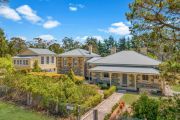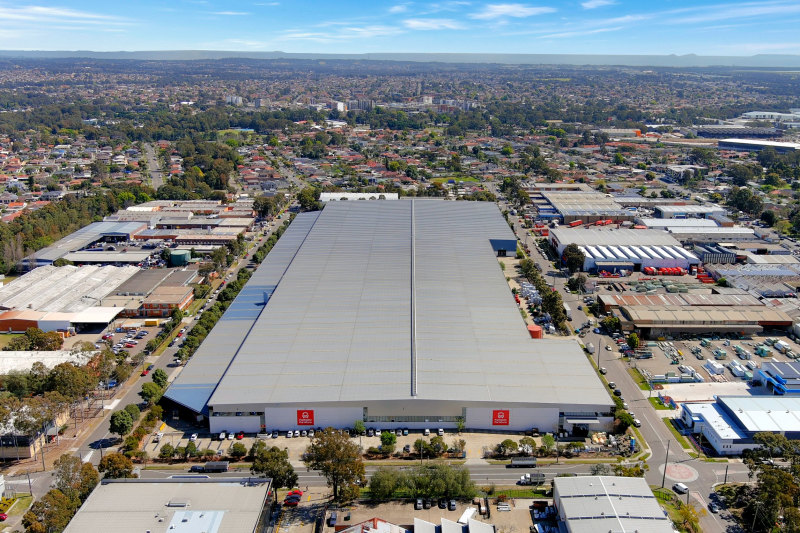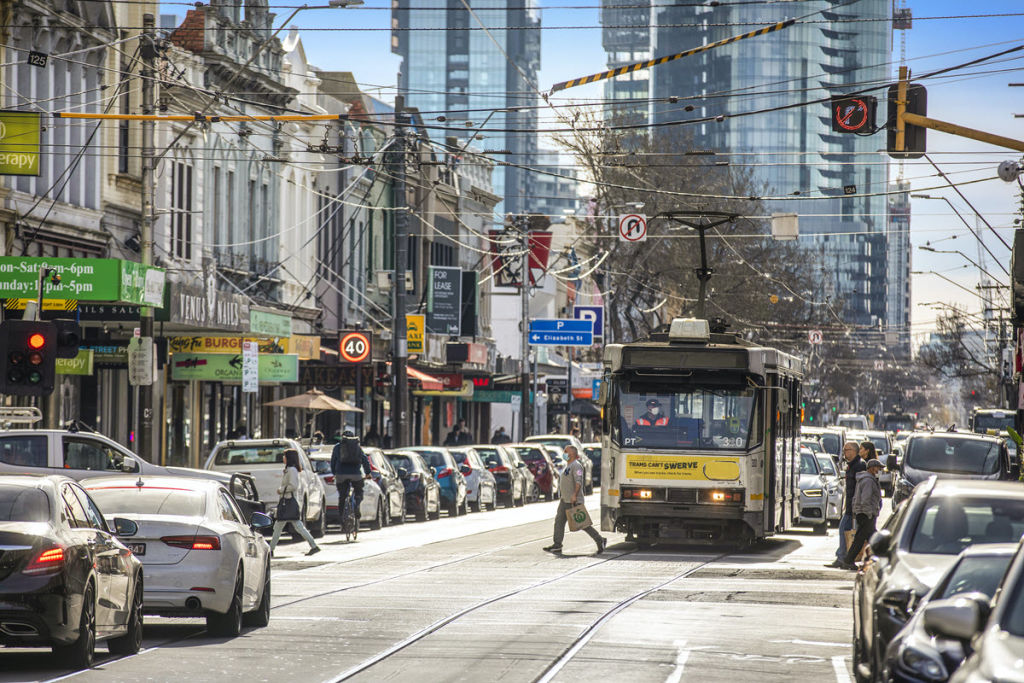
Melbourne's shopping strips are turning a corner and it's partly thanks to landlords
As the owner of top Australian menswear fashion label Calibre, Gary Zecevic has always been a leader in the fashion field. So, when it was discovered he was planning to move out of his 20-year-old premises on Melbourne’s chic Chapel Street, his fellow retailers despaired.
That’s until his new address was revealed: a much bigger premises further down Chapel Street, closer to Toorak Road.
“I’ve always had a lot of faith in Chapel Street as I started there 30 years ago,” Mr Zecevic said from Spain, where he’s currently sourcing some new suppliers for the brand that counts Hugh Jackman and Vince Colosimo among its clientele. “And while it’s gone off a bit from its heyday, I still have a lot of faith in it. I think it will see a real resurgence again in the future.
“I just needed a bigger site to treat our customers to more of an experience, and wanted to stay in this shopping strip with its wonderful restaurants, cafes and interesting shops. We’re just signing the agreements now, and I intend to spend a lot on the fit-out.”
It’s a sign of confidence in one of Melbourne’s best-known shopping strips in South Yarra that seems to be borne out by the latest report on shopping strips across the city.
Real estate agency Fitzroys has just published its research showing that, despite the multiple lockdowns due to COVID-19, these strips have demonstrated an admirable resilience. Although vacancies increased on average by 2.6 per cent across nearly 35 of Melbourne’s biggest shopping strips – from 7.7 per cent to 10.3 per cent currently – there are much brighter spots throughout.
Chapel Street, for instance, is beginning to see a new cycle of leasing and a decrease in vacancies, from 20.4 per cent heading into the pandemic down to 18.7 per cent.
As well as Calibre taking a site with a much broader frontage, fellow menswear tenant MJ Bale is relocating to a large store on the street and Sydney and New York store Joe Bananas has announced its Melbourne debut at 583 Chapel Street.
“Landlords are really meeting the market there, and it’s making a big difference,” said Fitzroys director Rick Berry. “Getting a benchmark rent isn’t at the top of owners’ lists; they’re looking at the quality of tenants and their long-term commitment. The vacancy rate has now gone down for the first time in a while.
“I think with all the shopping strips, a lot of the heavy lifting was done in the previous 12 months; rents have come off, and people are working harder and smarter. People now appreciate their neighbourhood shops much more, and many are doing really well.”
The report, Walk the Strip 2021, also found that food and beverage has been by far the best-performing sector, click-and-collect and takeaway delivery is still growing, supermarket-anchored strips have proved solid, and landlords have become more willing to meet the market on lease terms.
Into the third quarter, rental collections are also returning to pre-COVID levels in some spots, and there’s more confidence with some tenants extending their lease tenures.
Church Street, in Brighton, has proved another strong performer with a vacancy rate of just 0.7 per cent, with the only available shop being an assignment of lease. It’s had a surge of new entrants, too, including Assembly and Oroton, taking the proportion of specialty tenants to nearly 58 per cent, 6 per cent higher than three years ago.
Centre Road, Bentleigh, is one of the best examples of growing supermarket sales driving custom to shopping strips during lockdowns. Anchored by Woolworths, Coles and Aldi, its vacancy rate has come down to 5.3 per cent.
Other quality strips are also showing signs of recovery. Burke Road, Camberwell, had a vacancy rate in 2019 of 5.4 per cent that rose to 11.3 per cent in 2020 and has now fallen to 7.3 per cent. Swan Street, Richmond is down from last year’s 6.6 per cent to 6.4 per cent today.
“COVID reinforced the idea of local neighbourhood strips, but there’s still a lot of hard work to do with those vacancy rates, and some strips have performed much better than others,” said Fitzroys director David Bourke. “But we’re now seeing some residential developments coming into some of those locations, too, above the ground floor footprint, which will be a big help.
“I’d have to say, the outlook is bright and, since we’ll all be spending more time at home, with more work from home, we’re probably all more reconnected to our local environments and their shops. We’ll continue to spend a lot of time locally into the future.”
It’s sometimes a number of different stories within a single strip, however.
With some of the strips being so long, they often end up as a series of different markets along their lengths. Bridge Road, Richmond, for instance, is now made up of three distinct sections. The prime part, east of Church Street, has become a thriving food hub, while the city end posted the highest vacancy rate of all strips at 24.5 per cent.
Again, the prime section of Lygon Street, Carlton, between Victoria and Grattan streets, with a high food and beverage content, has been trading strongly, with a vacancy rate of 15.3 per cent. Its city end, however, which is much more specialty-oriented, is much higher at 23.9 per cent.
Get a weekly roundup of the latest news from Commercial Real Estate, delivered straight to your inbox!
